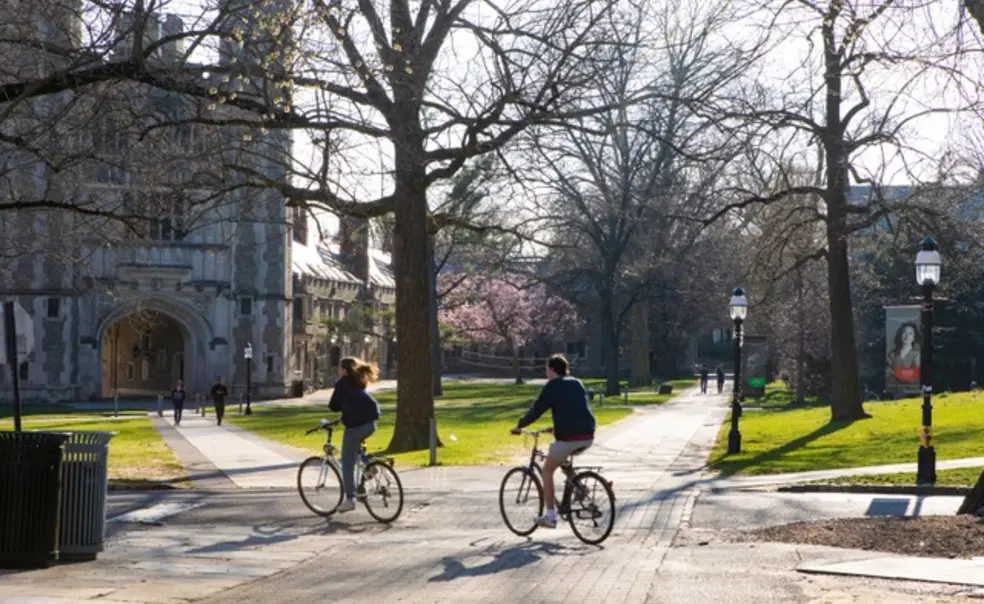In Challenging Financial Times, Princeton Appears On Solid Footing
With all the budget cuts, furloughs, and even possible campus closures that threaten America’s colleges, consider Princeton one of the lucky ones.
To be sure, the University is reckoning with its most challenging financial situation since the Great Recession in 2008, because of the coronavirus. But Princeton is poised to avoid the crisis awaiting much of higher education, experts say, even as austerity measures loom on the horizon.
“Princeton is probably situated better than any university in the country,” said Robert Kelchen of Seton Hall University, an expert on higher education.
Chief among those advantages is the University’s $26 billion endowment, which makes Princeton far less reliant on tuition dollars than most American colleges. Tuition accounted only for about 17 percent of the school’s income in the 2018–19 academic year.
Princeton has announced that tuition and fees for 2020–21 will be $71,710, a 3.9 percent increase from the prior year. The total estimated cost of attendance is expected to top $75,200, according to the Office of Admission. Demand for financial aid is expected to increase, and the University has pledged to meet that need. The average financial-aid grant was projected to rise by 7 percent.
The administration has been criticized for not digging deeper into the endowment, including in a May Daily Princetonian opinion column written on behalf of Princeton Graduate Students United, a group supporting grad-student unionization. Princeton usually draws on about 5 percent of its endowment each year, or about $1.3 billion, to pay for more than 60 percent of its operating budget. Princeton has adopted a 2020-21 budget that assumes the spending rate will be about 6 percent.
The spending rate is rooted in a desire to not shortchange future student bodies. “We spend at a rate such that, absent growth, the entire endowment would be gone in 20 years,” President Eisgruber ’83 wrote in his May 4 message to the University community.
Demand for financial aid is expected to increase, and the University has pledged to meet that need.
Amid a historic economic crisis, some say that treating the 5 percent figure as gospel is an outdated notion that fails to account for how much endowments like Princeton’s usually grow: an average of 12 percent per year over the last quarter-century.
Charlie Eaton, who studies higher-education finance at the University of California-Merced, sees this focus on what is called “intergenerational equity” as “old-fashioned thinking.” He noted that Princeton’s endowment is 10 times as large as it was in the 1970s, far outpacing growth in the student body. “I really don’t think there is any risk to intergenerational equity if Princeton was to spend more in order to deal with an extraordinary crisis like this,” he said.
Princeton has announced that it is suspending salary increases for faculty and staff and cutting back on expected hiring. Eisgruber said in his May 30 Reunions talk that the University had added expenses from implementing online learning and that refunding room and board in the spring was “about a $30 million change to the University budget.”
In June, the University planned to restart its Annual Giving solicitations, which were suspended in mid-March.
One of Princeton’s financial advantages comes not from what it has but what it does not have: a hospital. Peer schools with medical schools and associated hospitals are suffering financially, a point that Eisgruber noted.












No responses yet